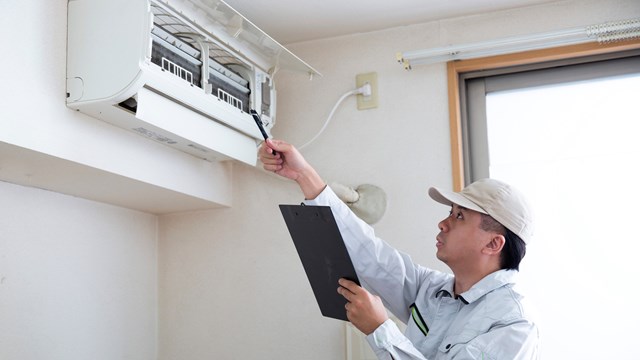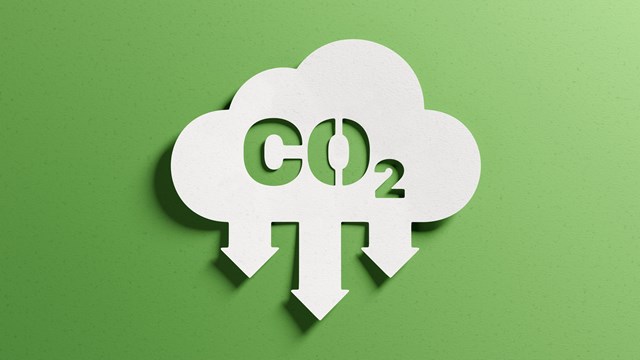
Whether it’s out of concern for the environment, pocketbook issues, or a little bit of both, there is no doubt that energy efficiency is a top concern for condominium owners today. And when looking for increased energy efficiency, windows and doors are among the first places to look – with good reason!
Replacing older, inefficient windows and doors can have a dramatic impact on a home’s aesthetics and its heatingand cooling budget.
Adding to the bottom-line impact is a new federal tax credit that allows $1,500 to be subtracted directly from the amount that is owed, or added to a refund, for a homeowner’s Federal Tax Return. Under the recently-passed economic stimulus package (the American Recovery and Reinvestment Act of 2009), windows that meet established standards for both U-factor and solar heat gain are now eligible for the $1,500 credit, providedthe project is for a primary residence.
A U-factor of less than 0.30 and a Solar Heat Gain Coefficient of less than 0.30 are required to qualify. This federal tax credit program is in effect for projects completed in 2009 or 2010, and is a dollar-for-dollar reduction subtracted from the filer’s tax liability. (Visit www.energystar.gov for more information.)
But with dozens of variables at play – and the technical jargon of the tax credit –there is plenty to consider when choosing the price point and design of replacement windows or doors. In order to make an informed decision, a number of factors should be considered.
Performance Matters
When it comes to judging the performance of potential new windows or doors, things can start to get technical, so homeowners should be familiar with the jargon. Here is a look at some key terminology.
U-factor The rate at which a window, door, or skylight conducts non-solar heat flow. For windows, skylights, and glass doors, a U-factor (also referred to as U-Value) may refer to just the glass or glazing alone. The lower the U-factor, the more energy-efficient the window, door, or skylight.
Solar heat gain coefficient (SHGC)A fraction of solar radiation admitted through a window, door, or skylight – transmitted directly and/or absorbed, and subsequently released as heat inside a home. The lower the SHGC, the less solar heat it transmits and thegreater its shading ability. A product with a high SHGC rating is more effective at collecting solar heat gain during the winter. A product with a low SHGC rating is more effective at reducing the workload for a home’s cooling system during the summer by blocking heat gained from the sun. The SHGC a homeowner needs for a window, door, or skylight should be determined by such factors as the home’s climate, orientation, and external shading.
Air leakage The rate of air infiltration around a window, door, or skylight in the presence of a specific pressure difference across it.It's expressed in units of cubic feet per minute per square foot of frame area. A product with a low air leakage rating is tighter than one with a high air leakage rating.
There are other important factors that should figure into the window replacement equation. First, what are the windows made of? Not all materials are created equal – something to keep in mind before buying a window. It’s important to ask about the differences between popular materials such as fiberglass, wood, aluminum and vinyl.
Another key consideration is the expected longevity and durability of the proposed new windows. How will they stand up to New England’s often harsh weather and environmental factors? When it comes to soaking rain, driving wind, searing sun –the windows must stand up against the elements. And finally, owners should consider how much attention the new windows might need in the future. How much time will be spent sanding or refinishing windows that once were pristine? Ease of maintenance should be a key concern.
The Fiberglass Advantage
As they consider their options, many homeowners today are turning to fiberglass as their window and door replacement material of choice, over other common materials such as vinyl. There are some compelling reasons for this trend, ranging from the manufacturing process itself to the expected long-range performance of the products. So why choose fiberglass windows and doors?
Operation:Fiberglass is resistant to warping or cracking, ensuring a continuously smooth operation.
Insulation: Fiberglass is a natural insulator because it does not conduct heat and cold and it doesn't expand or contract.
Resistance to Glass Seal Failure: Because fiberglass has such a low rate of expansion and contraction, it also resists glass seal failure. Less seal failure leads to a reduction in moisture and condensation, and therefore less mold.
Sound barrier: Choosing insulated glass for fiberglass windows and doorswill provide a higher resistance to sound transmission, reducing exterior noise to a minimum.
Low maintenance: Fiberglass resists scratching, marring, fading, chalking streaking and cracking. There’s no need for time-consuming sanding, scraping and refinishing.
Aesthetics: Not only are fiberglass window and door frames paintable, the frames on fiberglass windows can be narrower, which increases visible glass area. More visible glass area means more visibility through the windows. What’s more, some fiberglass windows and doors are available with stainable interior wood or wood-like appearance.
There are also some distinctions to be made when it comes to the fiberglass used in window and door manufacturing. A pultruded fiberglassproduct – made of thin, strong cables of glass, and saturated with specially compounded resins – is a remarkably durable material that outlasts and outperforms other window materials.
Pultruded fiberglass is also a smart choice for the environment. This material is made with sand, a safe and plentiful resource, and does not require the use of volatile organic compounds during the manufacturingor finishing process. Manufacturers of pultruded fiberglass today operate their plants with sustainability and recycling as their guiding principles.
Replacing windows and doors is not something done every day, and it can seem like a daunting process. The good news is that retailers who carry replacement windows and doorsare dedicated to guiding purchasers through the process of finding the best windows for their condominium that are energy efficient and can meet the requirements of the new tax credit.
The best advice is to take some time, do the research, and choose a replacement window or door that will stand the test of time.envirn issues.






Leave a Comment